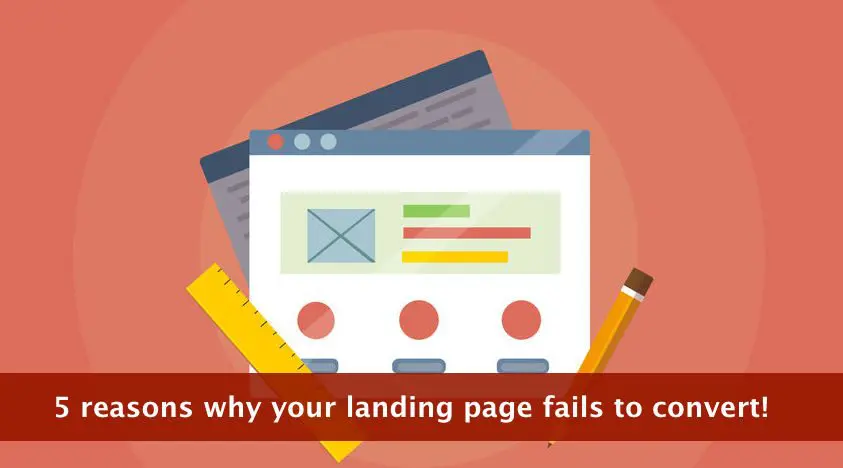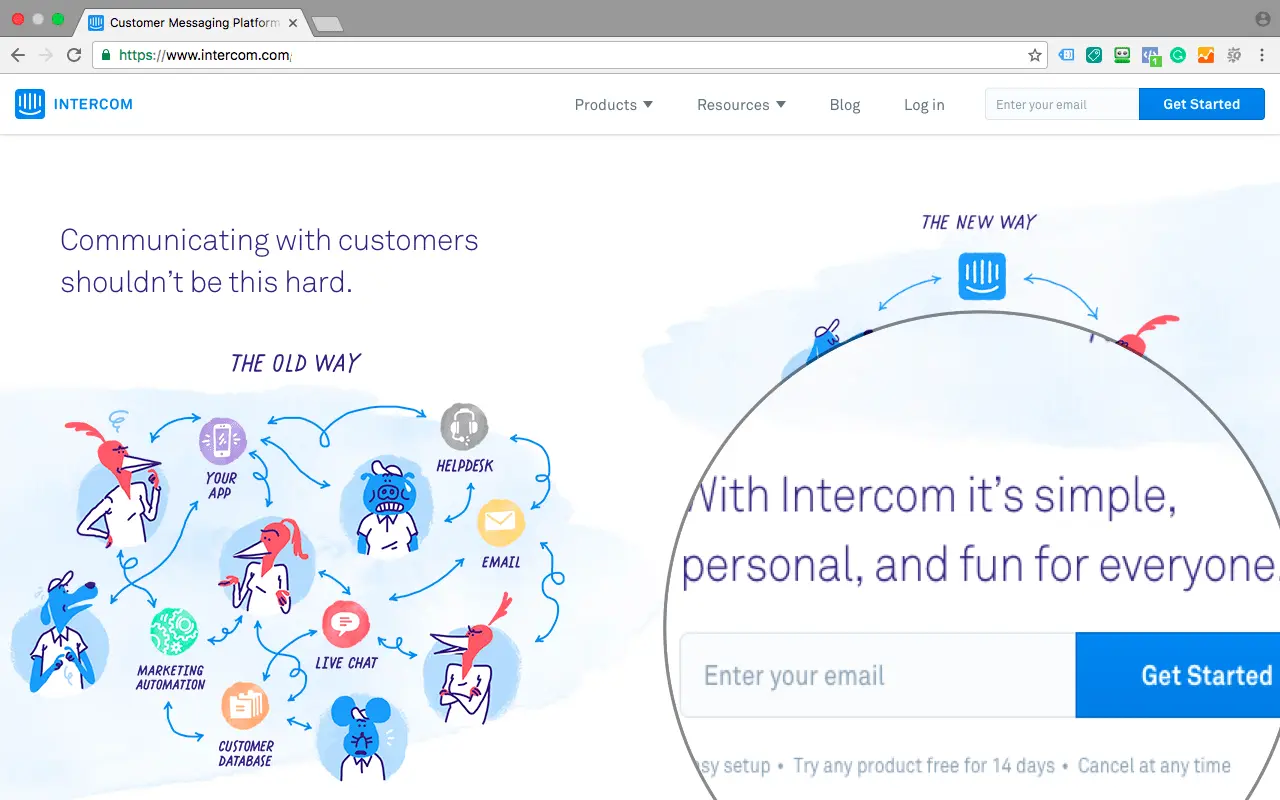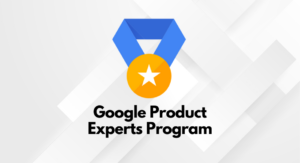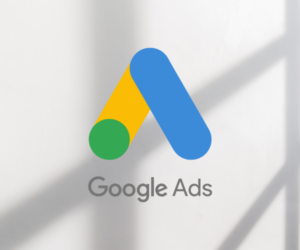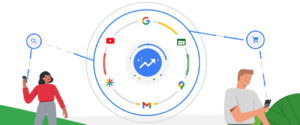You love your landing pages, don’t you? But, is that what you built it for?
Think… You didn’t build it to please your eyes.
You have a purpose. A goal that your business aims. It can be anything. Leads to generate? Sales to make? Awareness to create? Or something else similar…
Whatever may your goal be, your landing page must be in line with what you aim to achieve through your marketing planning and advertising strategies.
If it’s not, you are going to have a difficult time meeting your advertising goals. Take some time to analyse your landing pages and verify if they are actually optimised for conversions.
Here are the top five reasons why most of the landing pages fail to impress and convert.
You target by markets, not by audiences and personas
It is one of the biggest mistakes that advertisers make today. Be clear about who your potential customers are. Define your target audiences and their different personas clearly. Doing this will help you optimise landing pages accordingly.
Remember, the target shouldn’t be the markets, rather particular segment(s) of audiences in those markets who are more likely to buy your products or services.
When Neil Patel co-founded Kissmetrics – a web analytics company – they believed that every online business with a website is their customer, and they failed miserably. The company started growing only when they could clearly define and target a segment from the online business audiences. They focused more on enterprise and b2b companies or the business which needed and relied on a data-driven marketing approach.
And today you know how well Kissmetrics is growing.
[ss_click_to_tweet tweet=”Define your customers before getting to market your products or services to them.” content=”Define your customers before getting to market your products or services to them.” style=”2″]
Coming back to the context, have audience segments specific landing pages as it is practically difficult to impress everyone from a single landing page. Trying to do that is a complete waste of your time, energy, and resources. Adopt a strategy to zero-in and focus only on one segment per landing page.
For instance, if you are a recruitment agency, have different landing pages for employers and job seekers. If not constraint by budget, segment it further into freshers and experienced job seekers and have dedicated landing pages for them.
This approach will help you stay focused and organised. It will take confusions and clutter away. Consequently, you will be able to offer a better experience and more reasons for the visitors to convert.
If you are focusing on everyone and anyone in geography, you would be attracting irrelevant visitors to your website. They won’t convert and will frustrate you. It won’t do any good but will cost you an arm and a leg.
Expert Tip: Setup different conversion actions to track them separately. It will allow you to have a better understanding of your advertising success. Most importantly, you will have segmented data which can be further be used for remarketing, cross-selling, and up-selling campaigns.
There’s a mismatch in your advertising pitch and your landing page
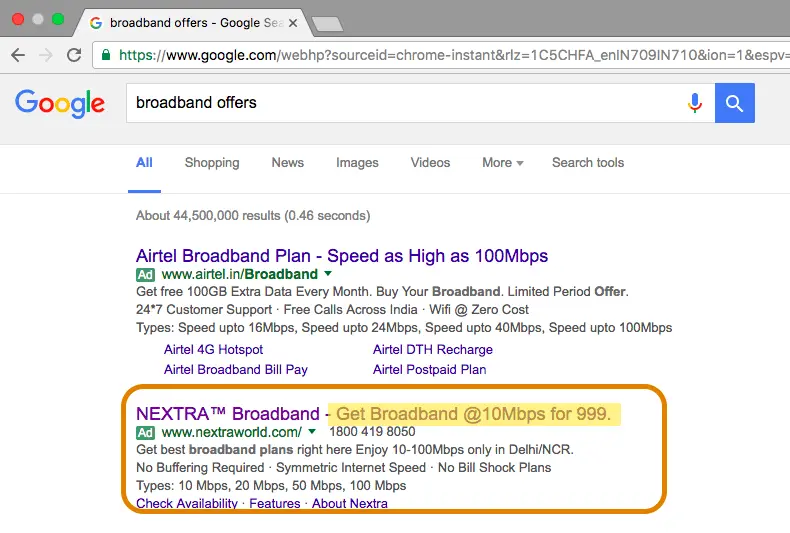
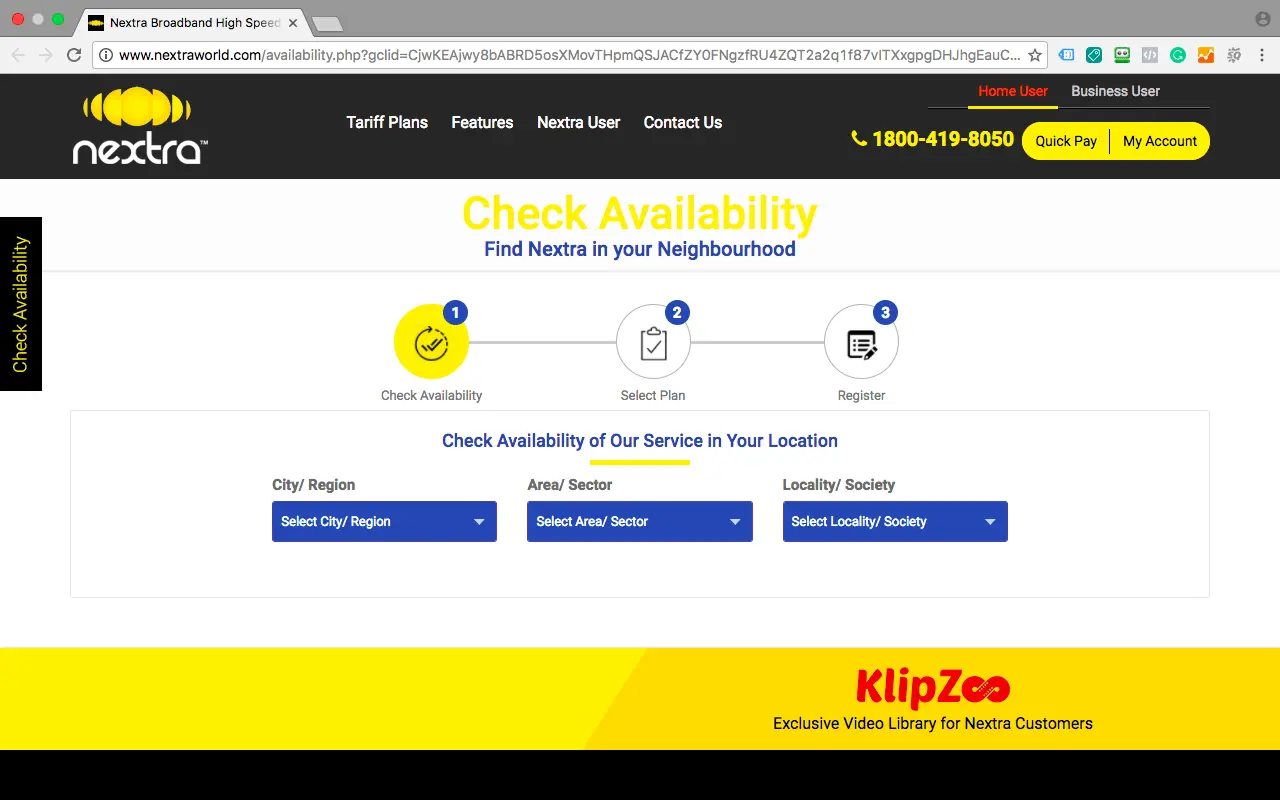
You saw the above ad, clicked it, and visited the website. But when you are on the site, you don’t see anything that talks about such an offer. How will you feel and what will you do next?
Me? I will simply close the website without thinking twice.
Yes, that’s how most of us would react to the above scenario. Don’t let this happen with your landing pages. Make sure your ad copies and the landing page are in the same line. For instance, if your ads say ‘free trial for 14 days’, make sure the first view of your landing page includes this offer. And most importantly, show it above the fold so that it’s easy for the visitors to find and verify what your ad copy is talking about.
Oli Gardener, the co-founder of Unbounce, says –
Context is one of the most powerful ways to create an experience that will convert your visitors into customers. Start a conversation before the click and continue it after the click in a personal way.
Expert Tip: Take your ad text as an email’s subject, and the landing page like an expanded full view email. If the context of the subject line is not carried forward in the email’s main text, nobody is going to read the entire email, and the very purpose of your email will not be served.
Not knowing how much is too much
Content is king. The more, the better.
It’s not true, at least in the context of landing pages.
Putting too much information on a landing page does not help, on the contrary, it creates confusion and hampers the potential of conversion very badly. By trying to talk about everything, your focus from the main point gets deviated, and you unknowingly give more reasons for your visitors to leave than to convert.
Talk less but to the point. It applies very well to landing page optimisation. When you speak more than necessary, you are more likely to make mistakes and depress your listeners than to impress.
Include your USPs, your competitive advantages, and the values your product and services will create. But, don’t go into much detail. It keeps curiosity alive and makes one act to know more, and that’s where they move to the next stage in their path to purchase and your conversion funnel.
Expert Tip: Avoid using negative tricks, they are more likely to fail than to work. For instance, if you include a message like – we won’t spam you, or we won’t sell your emails to anyone, etc., you are actually helping people recall that it might happen. And even you can do that. After all, all your visitors can’t be your chums.
You are still using those boring Call-To-Action texts
A ‘Call-To-Action’ text is a very important element of landing pages. If you still use those boring texts like – submit, send, enquire, contact, etc., you are not utilising the amazing powers of CTAs.
Your CTA should include the immediate value that you are going to offer if the visitor converts. For instance, if once gets a ‘free trial’ of say – 14 days, say it on the CTA.
Expert Tip: Make your Call-To-Action button stand out by giving a contrasting background. The button should not blend with your overall colour scheme on the page; it should catch the eyeball at the very first view of your landing page.
You are not taking page load time seriously
A website’s page speed matters more than anything else. No matter how optimised a landing page is, if it takes a frustrating amount of time to load, it is sure to fail in serving the very purpose of having it.
Do you know that Google is going to have a separate indexing system for mobile devices? Yes, it’s true. It will be a reality soon. Google says it going to have separate indexing and ranking system for mobile websites. And guess what? UX and page speed are most likely to be the two key factors there.
I know that landing page optimisation has not to do much at this stage with the way Google is focussing on mobile and page speed. But, it does make one thing very clear –
The present and the future is mobile, UX, and speed.
If a brand like Google is ready to spend millions on Accelerated Mobile Pages, page speed, and UX on mobile searches, it’s not just another thing, it has definitely got a lot to do with the way modern online marketing is/will be done.
Having said that, there are ways to improve load time and make it faster. Have coffee with your web developer and talk about the possibilities of having a blazing fast landing page and website.
Expert Tip: Use caching, Content Delivery Network and optimised web elements to ensure your landing page takes not more than 3 seconds to load. Any duration more than 3 seconds, is simply not okay.
Sharing is caring!


